Preservation of manuscripts is a serious issue for the Librarians, information Scientists and Archivists ever since human beings acquired the knowledge of writing. The manuscripts have the chances to be damaged by insects or due to tearing by use of rough handling; so it is most essential to repair these damages at the moment of identification. The preservation of manuscripts follows traditional as well as modern methods, which are scientific and preserve documents for further use. In traditional system of preservation herbals are used such neem leaves, aswagandha leaves, dried ginger, kumkum fruit powder, sandal wood, termaric powder, garlic, etc. In case of modern methods suitable chemicals are used for preservation.
Manuscript and Manuscriptology in India focuses on the issues that India has a rich cultural heritage. Manuscripts are primary sources of such heritage knowledge. Various fields of human endeavour are stored on variety of medias viz. clay tablets, stones, metals, tree barks, palms leaves, animal skins, cloths, papers, etc. Manuscripts are available thoughout India in several languages and scripts, which cover religious, philosophical, historical literary and scientific subjects.
This work contains twenty-eight papers contributed by distinguished scholars from India. These articles with notes, references and bibliography are well illustrated and have shed illuminating light on various aspects of manuscript and manuscriptology as practiced in India which focus on the following facets like, Manuscript writers; Manuscript research; Manucript typology; Manusript and use of colophons; Style of writing manuscript; Manusript editing Manusript centres; Manusript collection; Manusript storage and preservation; Manusript conservation; Manusript catalogue and cataloguing and Manusript case studies.
ABOUT THE AUTHOR Projit Kumar Palit
Projit Kumar Palit (b. 1967) received his post-graduate degree in Ancient Indian History, Culture and Archaeology from Visva-Bharati, Santiniketan. He specializes in various aspects of North-Eastern India, and received Ph.D. degree. He had also dexterously executed a number of research projects sponsored by the The Asiatic Society of Bangladesh; The Ministry of Culture, Government of India and Tribal Research Institute, Government of Tripura. His various writings have been published in several reputed journals both in and outside India and has a vast experience of attending a number of National and International seminars. He has worked as a Post-doctoral Research Scholar on History of Art in Tripura, at Ramakrishna Mission Institute of Culture, Golpark, Kolkata, and was also associated with the editorial work of most prestigious publication of this Institute, i.e., the Cultural Heritage, Art – Vol. VII, and – Modern India, Vol. VIII. He has a wide range of teaching experience and also served as the Principal of Mohananda B.Ed. College. Presently , he is working as Lecturer in History, the Belonia Government College, Tripura.
ABOUT THE AUTHOR Subodh Gopal Nandi
Dr. Subodh Gopal Nandi obtained his M.A., M.L.I.S. and Ph.D degree from the university of Burdwan, Burdwan, West Bengal. He is library professional standing nearly for the last three decades. He regularly participates in many national and International Seminar. Conferences and Workshops and delivers lectures as a resource person. He has contributed number of research papers in Seminars/ Conferences and in journals of repute. His area of interest includes library Management, Library Personnel Management and Digital Library. He is a Life Member of Indian Library Association (ILA) and Indian Association of Special Libraries and Information Centres (IASLIC). Presently. He is University Librarian of Visva-Bharati (A Central University), Santiniketan, West Bengal.

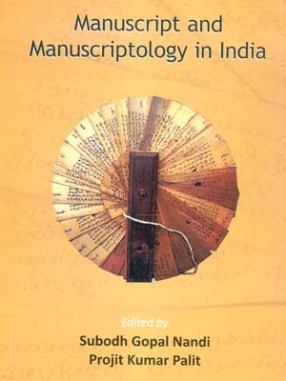
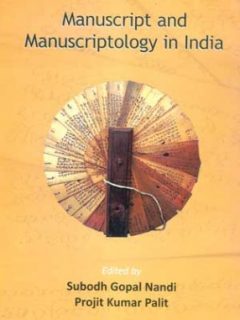
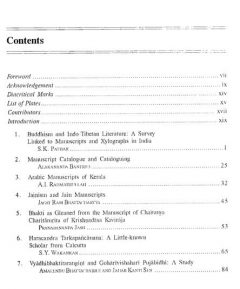

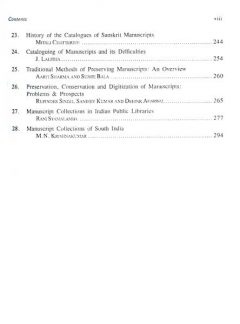
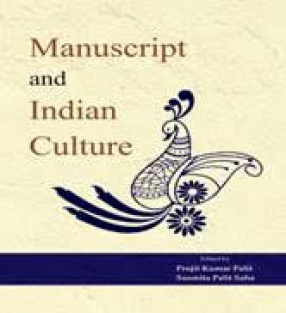
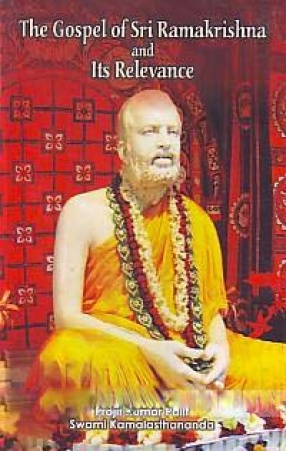
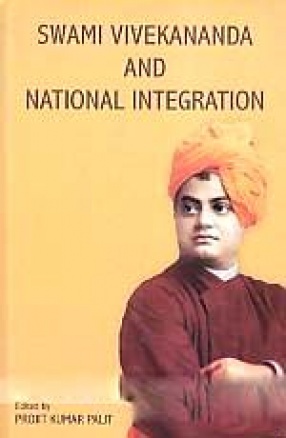
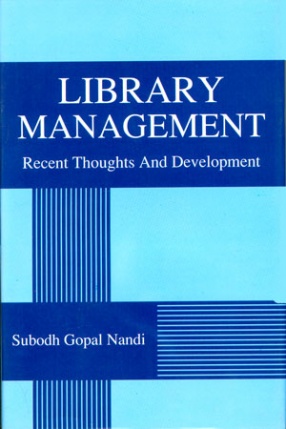
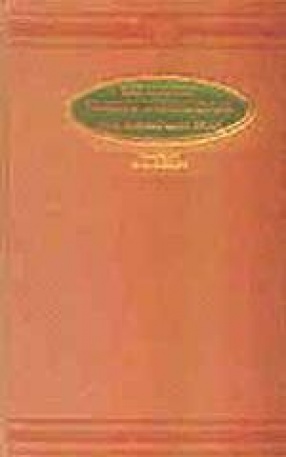
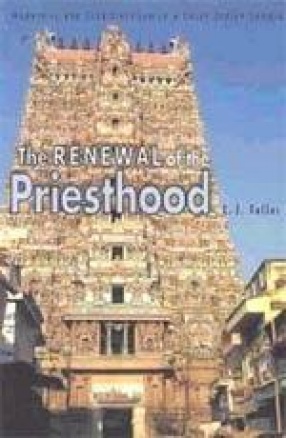
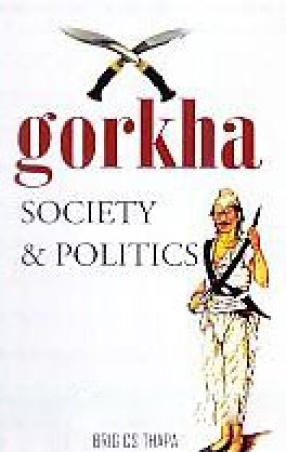
There are no reviews yet.